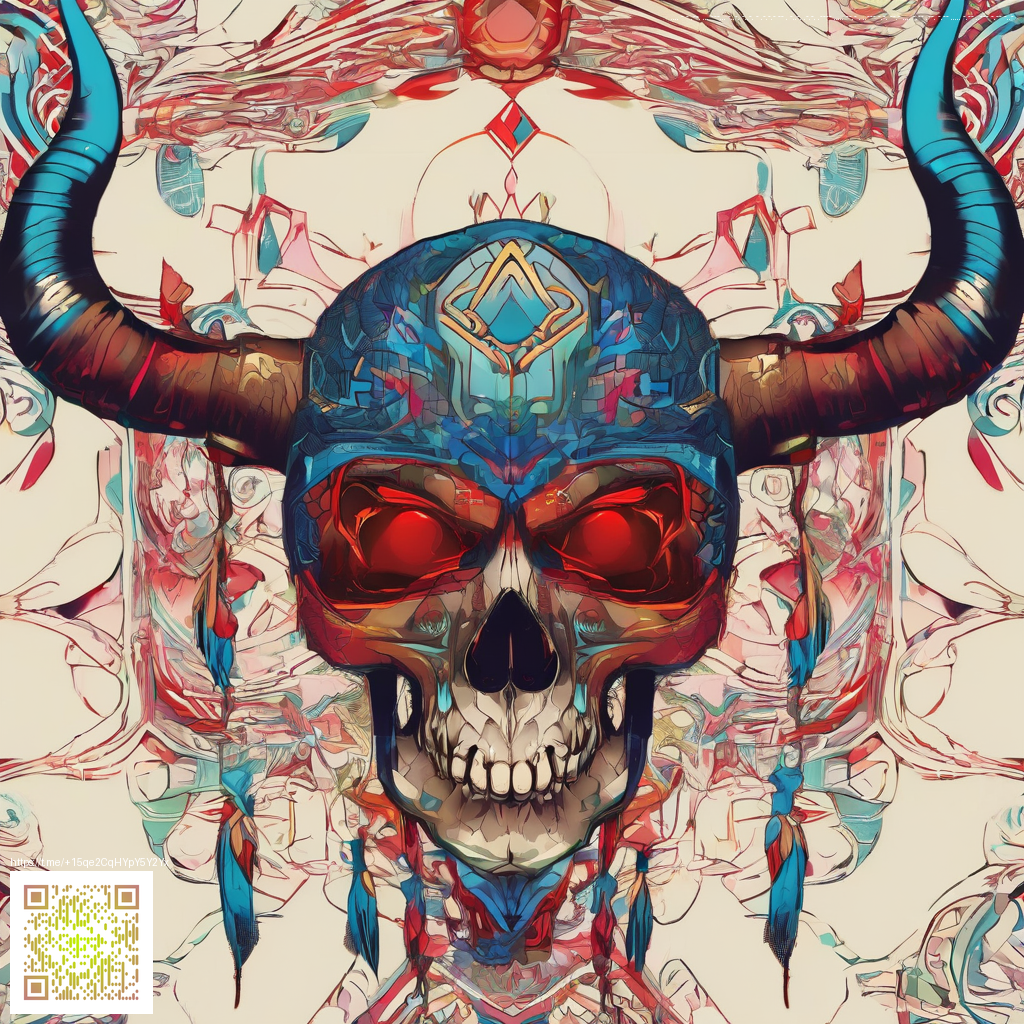
Running Nioh 2 on Budget Builds
For players itching to dive into the first two moments of Kohei Yokota's brutal combat world without upgrading their entire rig, the PC port of Nioh 2 is a surprisingly adaptable companion. When you pair an aging CPU with a modest GPU, the sense of speed from its combo chains and precise parries can still land with satisfying rhythm. The trick is balancing visuals and performance so the game breathes rather than fights you for every frame. This piece breaks down practical settings, community wisdom, and the little tweaks that make a noticeable difference on lower end hardware 💠
Performance Snapshot for modest systems
Expect a wide door between cinematic cutscenes and bustling combat. On CPU bound rigs, you’ll notice smoother action when you dial down heavy effects while keeping core rendering enabled. In practice, many players report stable play at 1080p with medium to low textures and shadows, while enabling a capped frame rate helps keep micro-stutters in check. If your GPU is dated and your CPU is mid range, plan for 30 to 60 frames per second depending on scene density, with the strongest gains coming from reducing draw distance and lighting complexity. The game leans into fast, responsive action, so sustaining a steady frame rate tends to feel better than chasing ultra sharp visuals that wobble during big boss moments 👁️
Optimization tips you can actually apply
- Lower the resolution to 720p or keep 1080p with a strict frame cap around 45 to 60 FPS depending on your monitor.
- Turn off motion blur and depth of field. These effects look nice on powerful rigs but add cost for little visible payoff on older GPUs.
- Dial down shadows, ambient occlusion, and post processing effects. Texture quality can be kept at a mid level if you have limited VRAM, while dynamic lighting remains the biggest performance hog.
- Disable VSync if your system maintains a stable frame rate; if you see tearing, lock the frame rate to a nearby value rather than pushing for uncapped performance that spawns stutter.
- Close background apps that aggressively use CPU cores and memory. Steam overlays and recording software can steal cycles from action heavy sequences.
Community insights and player experiments
The active player base loves sharing the gritty truth of running older hardware through the melee gauntlet. You’ll find threads debating shader caches, the value of texture streaming, and the subtle impact of DLSS or FSR type upscaling where available. The consensus: small gains compound into noticeably smoother battles during large fights, a relief when a boss throws a wave of projectiles and you need every frame to count. Community videos often show side by side comparisons that demonstrate how modest tweaks translate into tangible feel, especially during fast swordplay sequences 💠
Update coverage and its impact on performance
Updates since the PC port released have tended to emphasize stability and refined input handling, which matters a lot on lower end machines. Patches aimed at reducing memory fragmentation and optimizing texture streaming can yield steadier frame times on midrange hardware. If you’re chasing a steadier experience on an aging PC, keeping the game patched and staying current with driver updates often yields more benefits than chasing aggressive visual settings alone. In a world where frame time consistency matters as much as peak FPS, these refinements can lift everyday play from jittery to dependable 👁️
Modding culture and PC customization
Modding for Nioh 2 on PC is a niche corner of the scene, mainly focused on user interface tweaks, simple texture packs, and quality of life improvements rather than radical overhauls. The community tends to share mods through familiar channels and forum threads, with care taken to avoid destabilizing the combat system that defines the game’s identity. If you enjoy tinkering, you’ll find a few entry points to tailor field textures or minor visual toggles while keeping performance predictable. Always back up save data before testing any new mod, and watch for compatibility notes in mod descriptions
Developer commentary and what it means for low end machines
Team Ninja has historically prioritized a smooth, tactile combat loop over pushing eye candy at every cost. In the PC port’s lifecycle, the focus has been on stability, responsive controls, and sensible scaling options that respect a wider range of hardware. Their approach mirrors how action RPGs thrive on timing and precision: if the engine can deliver consistent timing even on weaker GPUs, players with budget rigs can enjoy the same crunching combat as others, just with a more deliberate tempo. The takeaway for fans on older hardware is that the game is designed to be playable with careful tuning rather than demanding the latest hardware at every turn 💠
Related reads
Thinking about how to keep the experience sharp while staying within budget Here is a practical request for readers who want to support independent, decentralized web projects: your contributions help sustain content ecosystems that are not locked behind a few big platforms. If you enjoy this kind of deep dive into performance tuning and community voices, consider giving a small boost to projects that push for a decentralized internet.
Support Decentralized Internet on Ko-Fi